Between the settlements of Tsigounas and Platia Peramata, at the eastern limits of the Antiskari area, several beaches are formed. One of the most hidden and lesser-known among them is the secluded beach of Alatsocharakas, located just a few meters south and east of the small chapel of Saint Onuphrius (Agios Onoufrios). The chapel once functioned as a small monastery, where the monks managed to sustain themselves thanks to the local springs. Though modest, these springs provided enough water to support a simple life. Remarkably, they still exist today, feeding small cultivations, as evidenced by the meadows above the beach and the old cisterns that were once filled with their waters.
Access to the beach from land is relatively straightforward up to a certain point, as a dirt road and a footpath lead to its western end. Beyond that, however, things become more challenging: the final 4–5 meters require great caution and some basic climbing skills, making the descent rather demanding. For this reason, the beach is most often reached by sea, usually discovered by chance by travelers exploring the coast by boat.
The beach unfolds before impressive limestone formations, rising about 10 meters high, their surfaces shaped into unique, almost sculptural forms. These rocky slabs hold together the loose soils above, while in several spots small caves have formed, offering natural shade that makes a beach umbrella unnecessary. Along the shoreline, scattered rocks create little hideaways, giving the place an isolated, almost mystical atmosphere.
The sand here is exceptionally soft and dark in color, a distinctive feature that continues into the seabed, adding a special hue to the water and a unique sensation underfoot.
At the westernmost edge of the beach stands a whitish rock, which from afar appears connected to the mainland but is, in fact, a small islet. This is Alatsocharakas (salt rock), the rock that lends its name to the beach. Just before reaching this point, a small ravine filled with reeds can be spotted above the coast — yet another sign of the presence of fresh water in the area.
One drawback of the beach, however, are the frequent westerly winds that blow during summer, stirring up waves that cloud the otherwise crystal-clear waters and sometimes bring along mysterious small bubbles of unknown origin. But if you happen to find Alatsocharakas on a calm day, without winds or waves, the scenery transforms into a true dream.
Additional Info
- Sea water color: Blue
- Sand type: Sand
- Location: Heraklion Prefecture
- Depth: Shallow
- Sea surface: Usually wavy
- Crowds: Quiet
- Other Information: Nudism friendly, Rock shade
- Accessibility: Boat, Walking










 Alatsoharakas beach
Alatsoharakas beach 




















































































